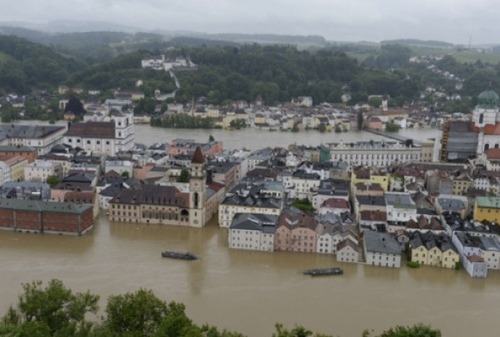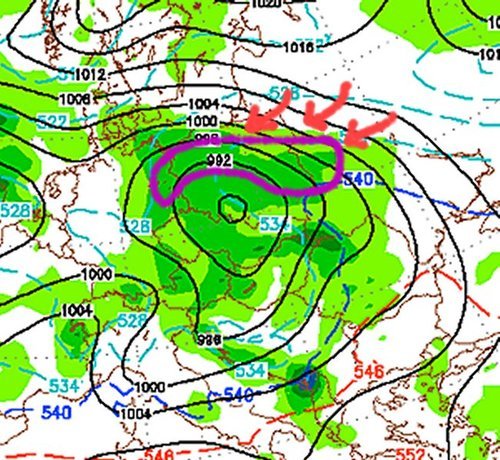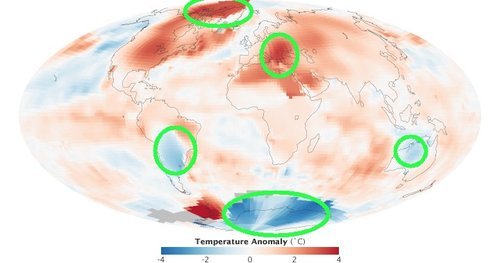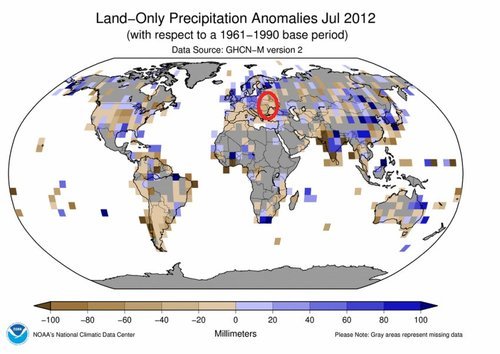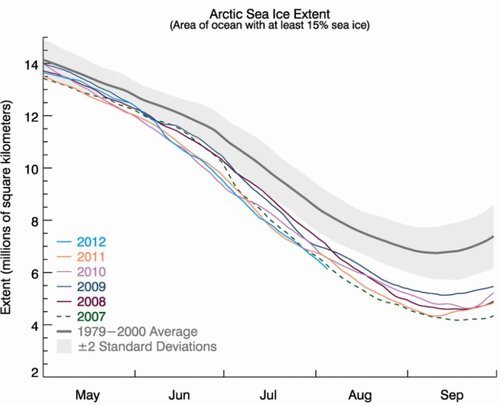Strong Mid-Latitude Cyclone Whips Europe
An extremely powerful mid-latitude cyclone sitting off the coast of Scotland affected parts of Europe such as England, Denmark and Germany early last week. Winds were the main threat associated with this storm as gusts reached just below 200km/h in Denmark. The reason why this storm was not classified as a hurricane, even though it had hurricane strength winds, is because hurricanes have a warm core and do not have well defined fronts like low pressures systems do. Here, a mid latitude cyclone was the case as fronts were well defined and other various characteristics did not match one of a hurricane.

In total, 15 people died from this storm, most due to falling trees. This storm left about 500,000 people without power as trees snapped like twigs and fell on power lines. Off France’s coast waves as high as 5-6m were reported and about 1,300 flights were grounded because of the strong winds.
These very powerful low pressure systems are not unheard of for Europe, though storms with gusts of this intensity do not occur on a yearly basis. This low has since moved off into Russia and is no longer affecting the region. Gusty conditions are expected to return to the UK this weekend as an active pattern, which is not out of the usual for this time of the year, continues.
In other weather news, an unusually strong typhoon (Krosa) has spun up and as of Friday night was of category three intensity. Conditions are not particularly favourable for further development in the South China Sea and the typhoon should gradually weaken as it drifts towards Vietnam.
